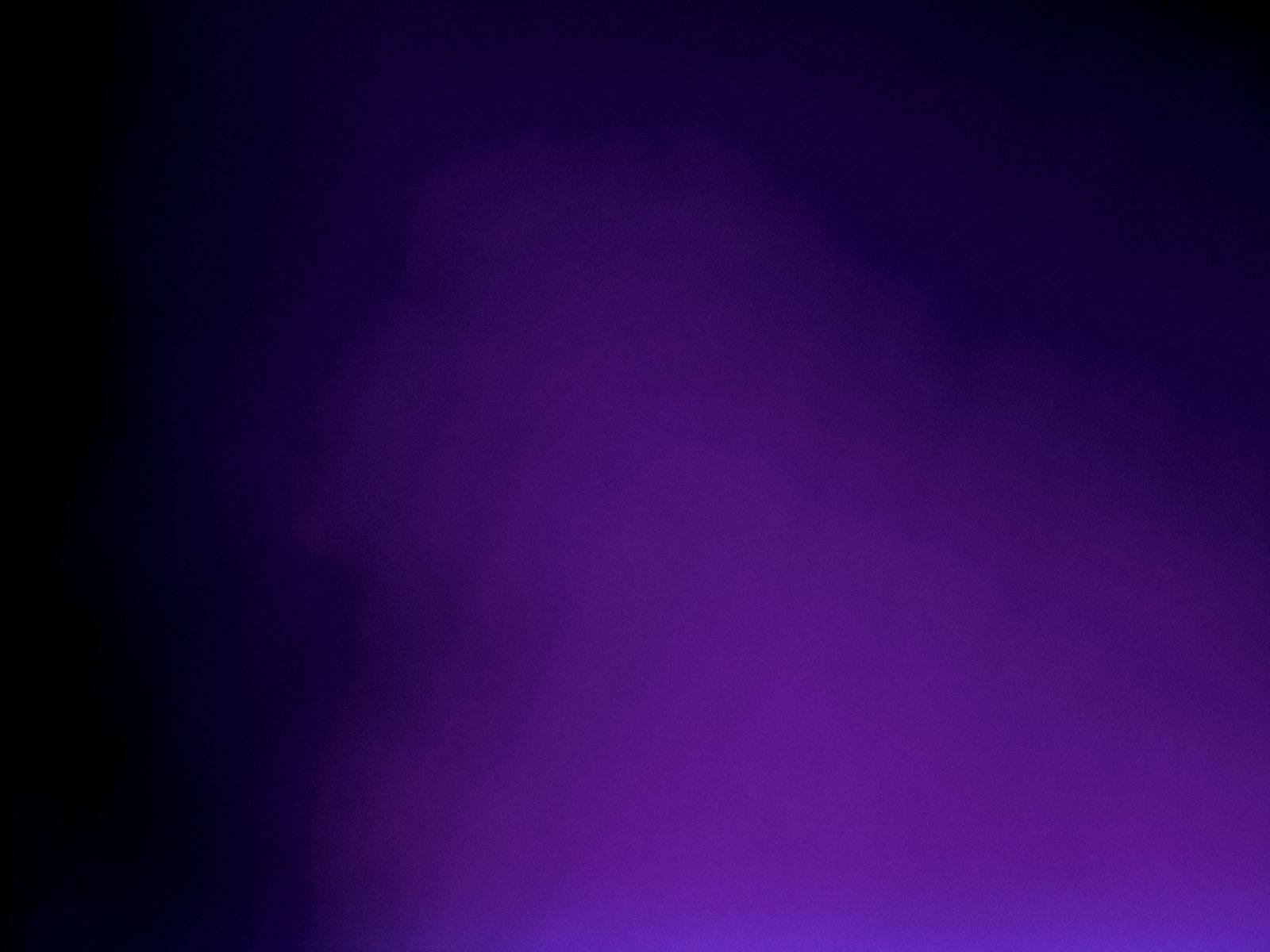
Introduction
The tragic car accident that claimed Princess Diana’s life in Paris on August 31, 1997, continues to capture global attention decades later. Surrounded by a whirlwind of speculation, official findings, and public intrigue, the fatal event is as much about unanswered questions as it is about historical facts. This article unpacks the details of the crash, the investigations that followed, and the ongoing debate over what truly happened that fateful night, helping readers separate facts from persistent myths.
Princess Diana Car Accident: What Happened?
Princess Diana, accompanied by Dodi Fayed and their driver Henri Paul, was fatally injured when their Mercedes crashed in the Pont de l'Alma tunnel in Paris. Bodyguard Trevor Rees-Jones was the sole survivor. The accident occurred just after midnight as the car, pursued by paparazzi, lost control and struck a pillar.

Key Facts:
- Date: August 31, 1997
- Location: Pont de l'Alma tunnel, Paris
- Passengers: Princess Diana, Dodi Fayed, Henri Paul (driver), Trevor Rees-Jones (bodyguard)
- Outcomes: Diana, Dodi, and Henri Paul died; Rees-Jones survived with serious injuries
- Cause: Loss of control attributed to speeding and impaired driving, according to investigators
Unraveling the Investigations
Immediately following the crash, a multi-layered investigation unfolded involving both French police and British authorities. The official conclusion was that the car was speeding and the driver, Henri Paul, was above the legal alcohol limit. However, scrutiny of each detail fueled public skepticism and alternative theories.
Key Points from Investigations
- French and British reports found no evidence of foul play.
- Seat belt issues were examined; Diana was not wearing one at the time.
- Paparazzi involvement was considered; they were fined for invasion of privacy, but not charged for direct responsibility in the crash.
- The mysterious white Fiat Uno seen near the scene was never conclusively linked to the impact.
Conspiracy Theories & Lingering Questions
Despite the investigations’ findings, a range of conspiracy theories emerged, often fueled by inconsistent witness reports and the absence of CCTV footage during the crash.
Some Prominent Theories

- Royal or Intelligence Agency Involvement: Some claim British security services orchestrated the crash to prevent a politically sensitive relationship.
- Flash of Light: The idea that a bright flash intentionally distracted the driver has circulated online, but has been denied by sources involved in the inquiry.
- Pregnancy Claims: Allegations that Diana was pregnant at the time of her death have been repeatedly dismissed after thorough forensic testing.
- Foul Play Involving the Paparazzi or the White Fiat Uno: Neither angle has yielded reliable evidence linking them to a premeditated plan.
Aftermath and Enduring Legacy
The aftermath of Princess Diana’s car accident brought about major public mourning and intensified calls for press regulation worldwide. Commemorations occur annually, and the event remains an inflection point in modern royal history.
Key Developments:
- Changes in paparazzi laws and media ethics across several countries
- Creation of memorials, documentaries, and investigative reports revisiting the case
- Ongoing debates about privacy, security, and the influence of the media
Frequently Asked Questions
- Was Princess Diana’s death ruled an accident?
Yes, both French and British authorities ultimately classified the crash as an accident caused by driver error and contributing factors like speed and pursuit by photographers. - Why do theories about a conspiracy persist?
The combination of Diana’s status, peculiar gaps in evidence (such as non-functioning cameras), and involvement of high-profile figures has kept public suspicion alive. - Is there any proof of foul play?
To date, investigations and inquests have turned up no conclusive evidence to support claims of murder or a conspiracy.
Conclusion: Why the Princess Diana Car Accident Matters
The 1997 car accident stands as a pivotal event in recent history, blending loss and controversy with ongoing lessons about media ethics, celebrity culture, and the appetite for conspiracy in the internet age. By examining both official findings and the questions that endure, readers can better understand why this tragedy refuses to fade from public memory.




Comments